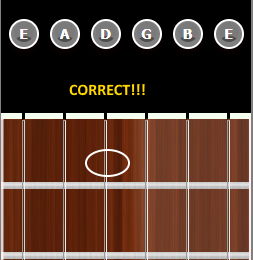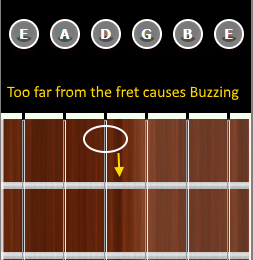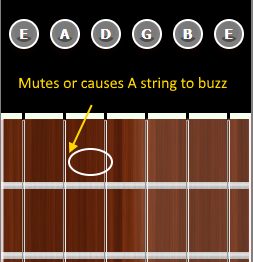Fretting
"Fretting" is a common tern used for pushing down on a string, causing the string's pitch to change, because the string then hits the fret.
Your "fret hand" is simply the hand you use to fret the notes on the neck. The other hand is used for strumming, etc. Thus, it's your strumming hand.
Fretting a note simply means that you place your finger on a fret to change the pitch of the note, when strummed.
Fretting cleanly means that the note that you played rings out clearly, without buzzing, or even muting the note.
Fretting Problems
Your finger should put only as much pressure necessary to play the note cleanly. You do NOT need to push the string to the fretboard.
Your finger should be placed on the string, close to the target fret.
The below image shows where your finger should go to fret the note cleanly.

If the string buzzes when you fret the note, you are either not pushing hard enough, or your finger is sitting too high on the fret.
Here is an example of fretting a note too high, that causes buzzing.

If you are playing a chord, and one of the strings is being muted, you might be fretting the string off to the side.
This will cause the adjacent string to not ring out. Here is an example of that problem:

In this example, your target note is the 1st fret on the D string. But your finger is muting the A string.